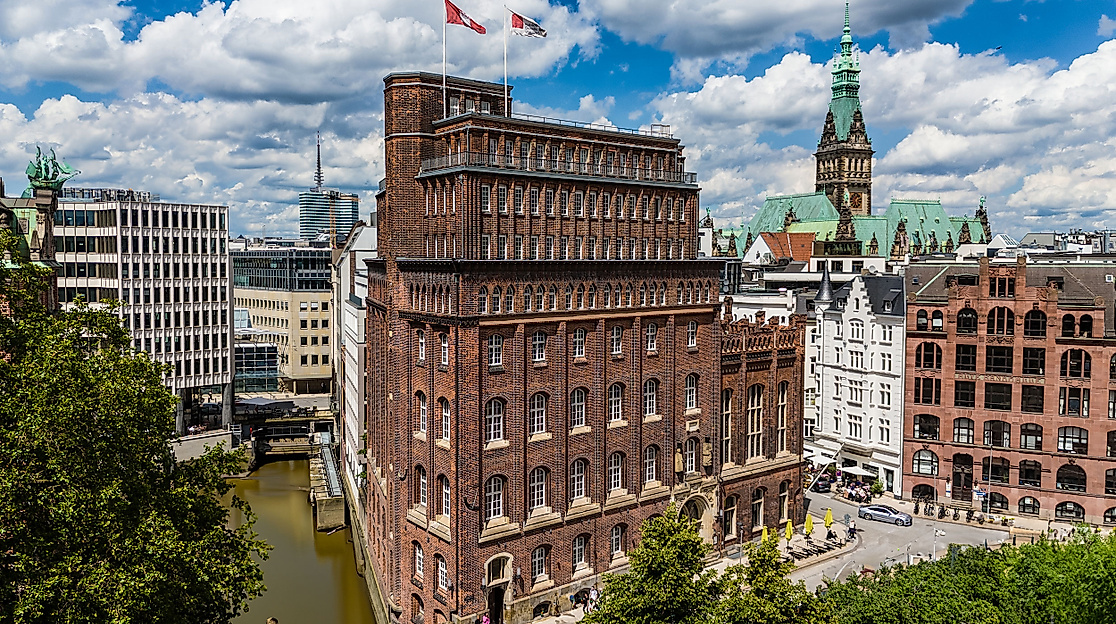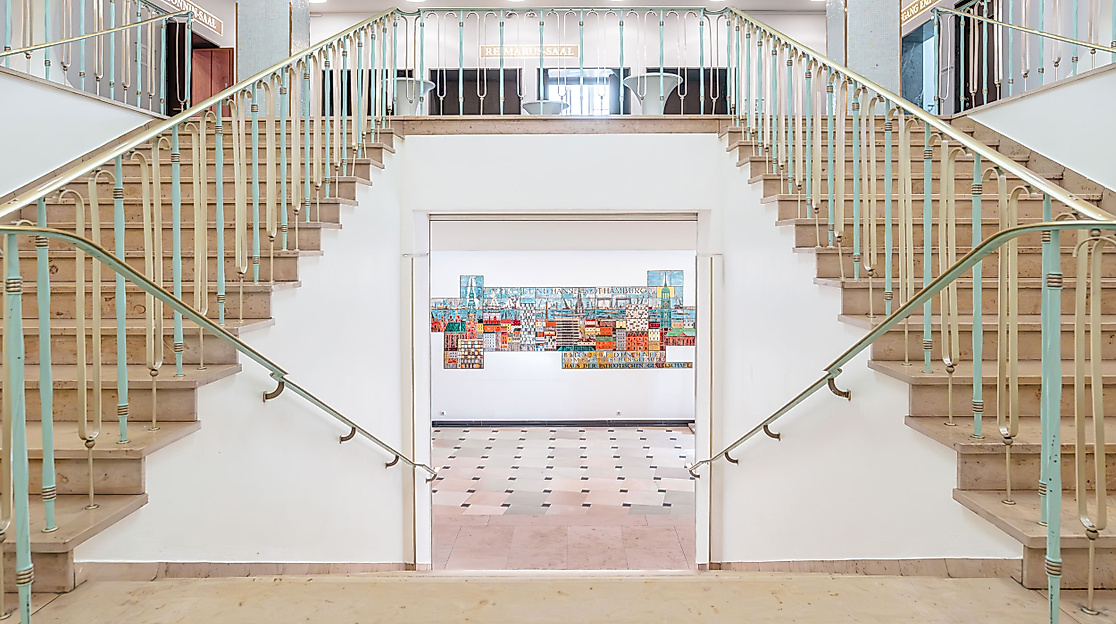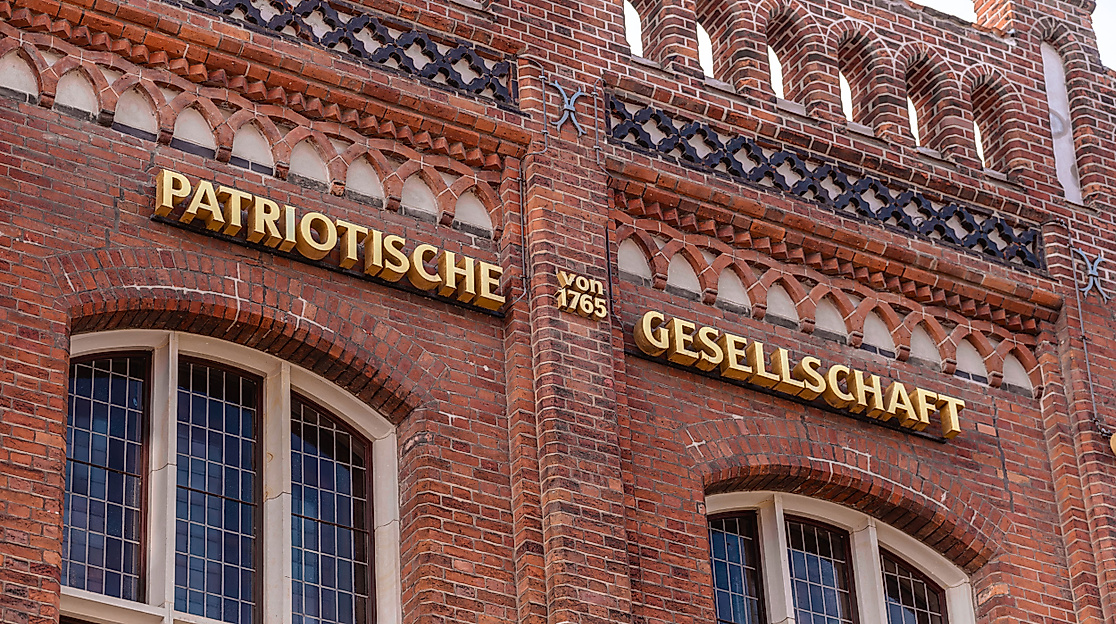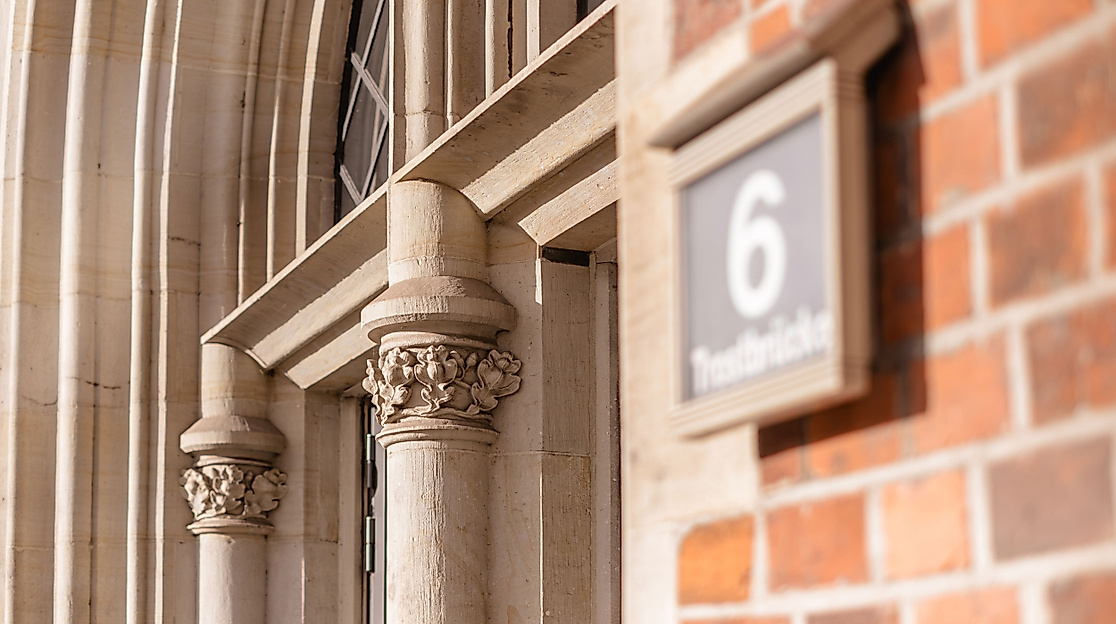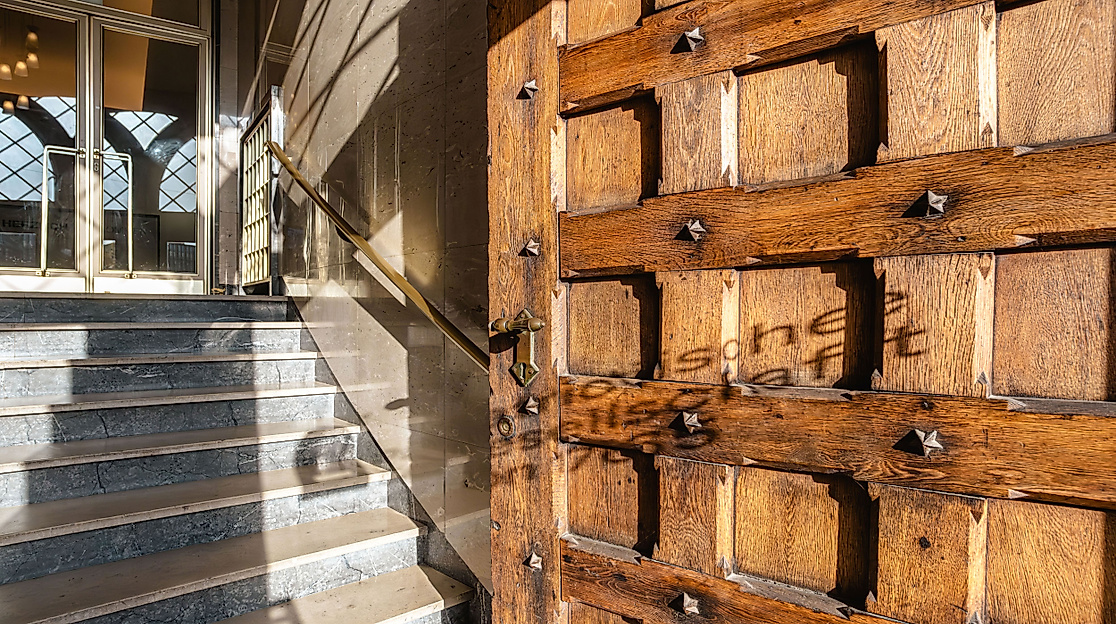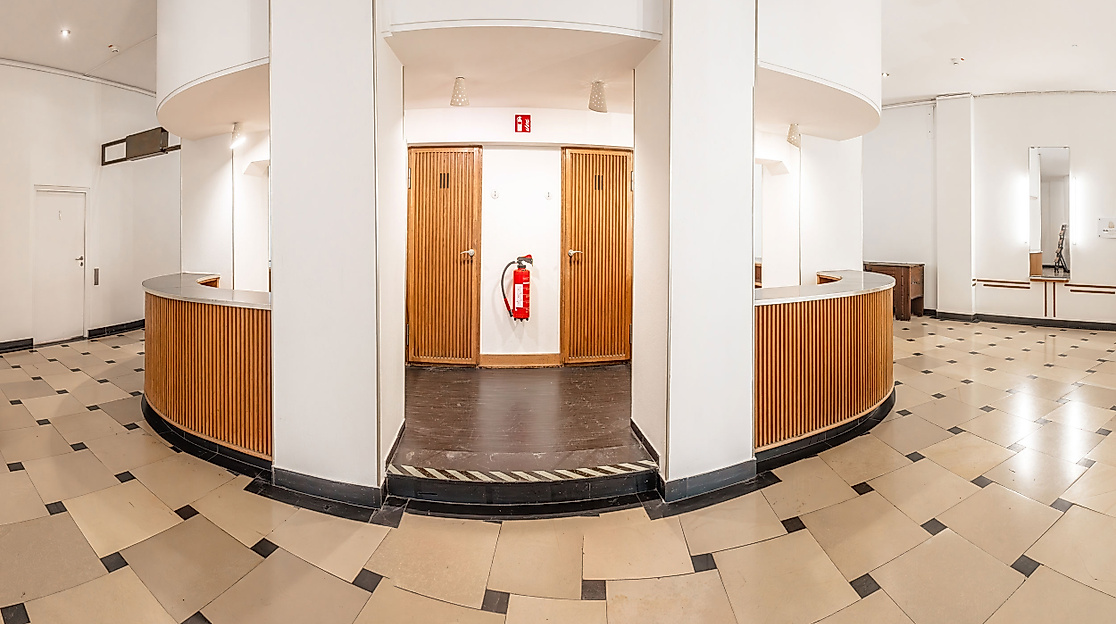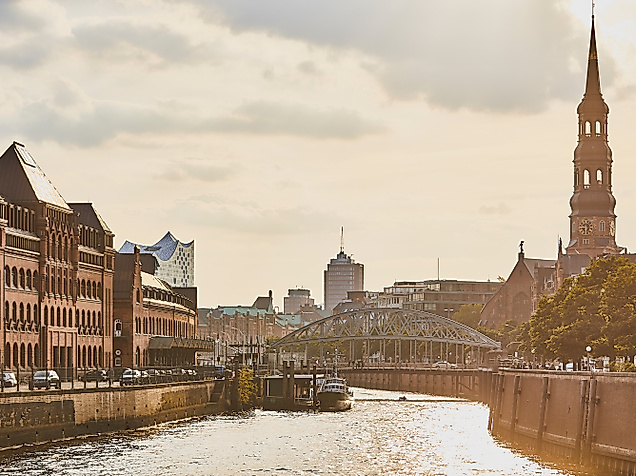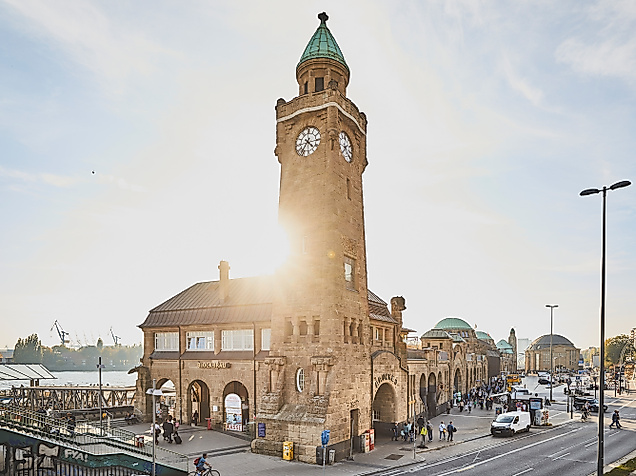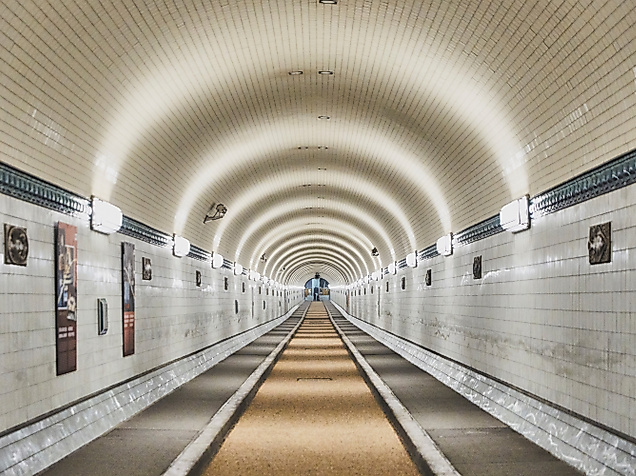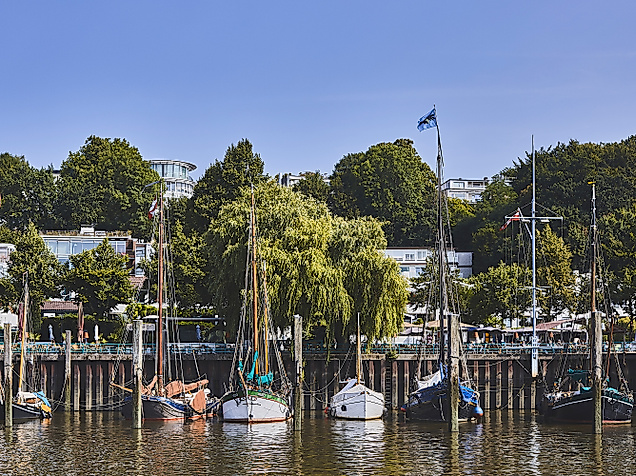The listed building of the Patriotic Society on Trostbrücke stands on the site where Hamburg's old town hall was located from the 13th century until it was blown up in the Great Fire of 1842.
The Haus der Patriotischen Gesellschaft is one of Hamburg's most important architectural monuments. It is located in the city centre on the site where Hamburg's old town hall stood for almost 600 years until it was blown up in the Great Fire of 1842. A year and a half later, the council decided to give the Patriotic Society of 1765, whose own building in Große Johannisstraße had also fallen victim to the fire, the land on Nikolaifleet for a new building.
Following a competition in 1844, the building was constructed from 1845 to 1847 according to plans by architect Theodor Bülau and was the site of political decisions for almost half a century: From 1848 to 1850 it was the meeting place of the Hamburg Constituent Assembly and from 1859 to 1897 of the Hamburg Parliament.
After the establishment of a restaurant on the ground floor of the hall building in 1912, economic difficulties began, and so in 1923 the Überseeclub took over the building in usufruct with the right to carry out alterations and extensions. In June 1923, the building is listed as a historical monument. In September 1943, the building was largely destroyed in a bombing raid. Reconstruction from 1945 onwards aims to achieve a ‘simple and functional design’.
The rooms of the Saalbau are named after the founding fathers of the Patriotic Society, Reimarus, Kirchhof, Sonnin and Tonnies, as well as the architect of the house, Bülau.
SAALHAUS GmbH, a subsidiary of the Patriotische Gesellschaft, rents out these halls for events and thus generates funds for the charitable work of the parent organisation.
